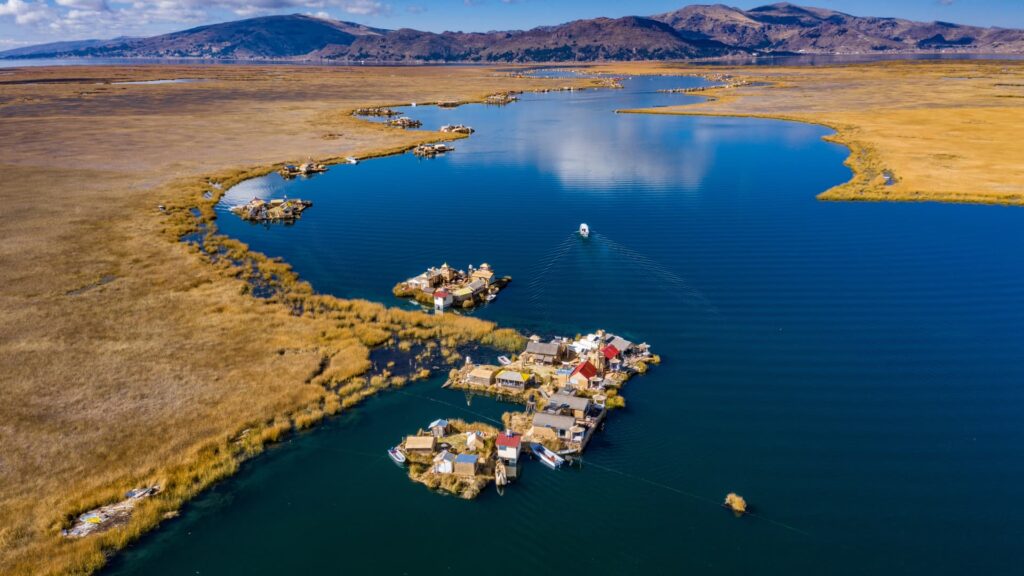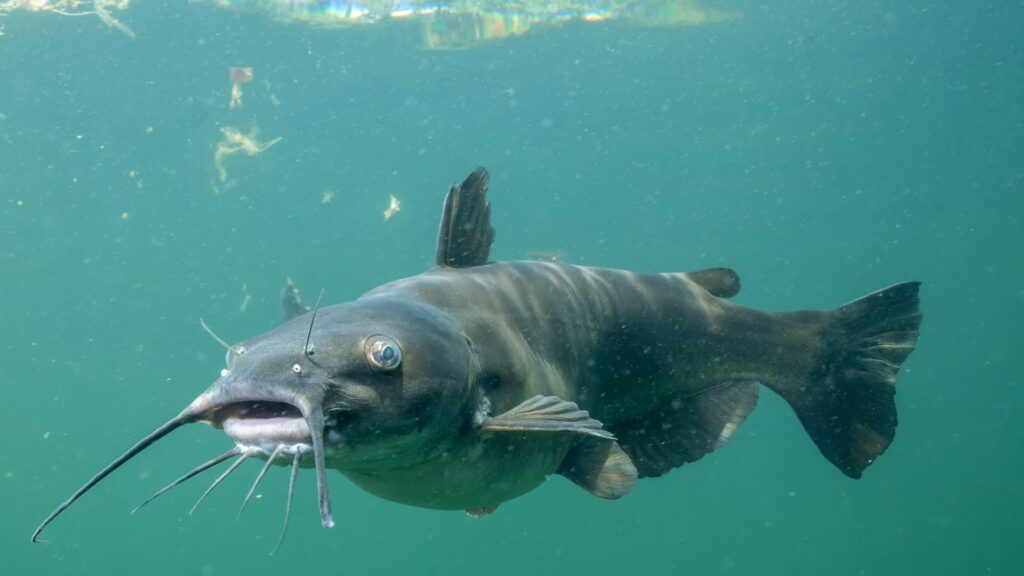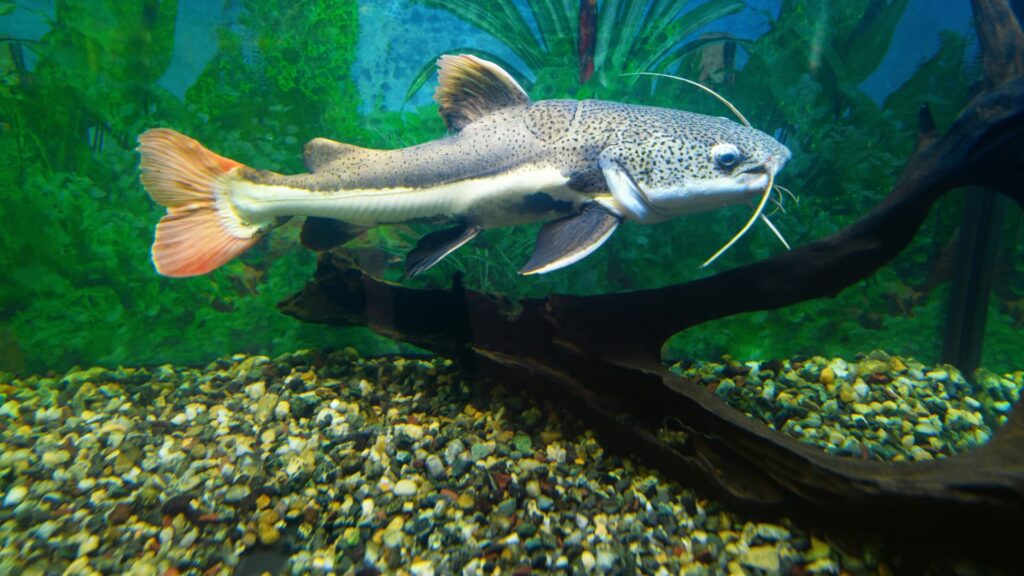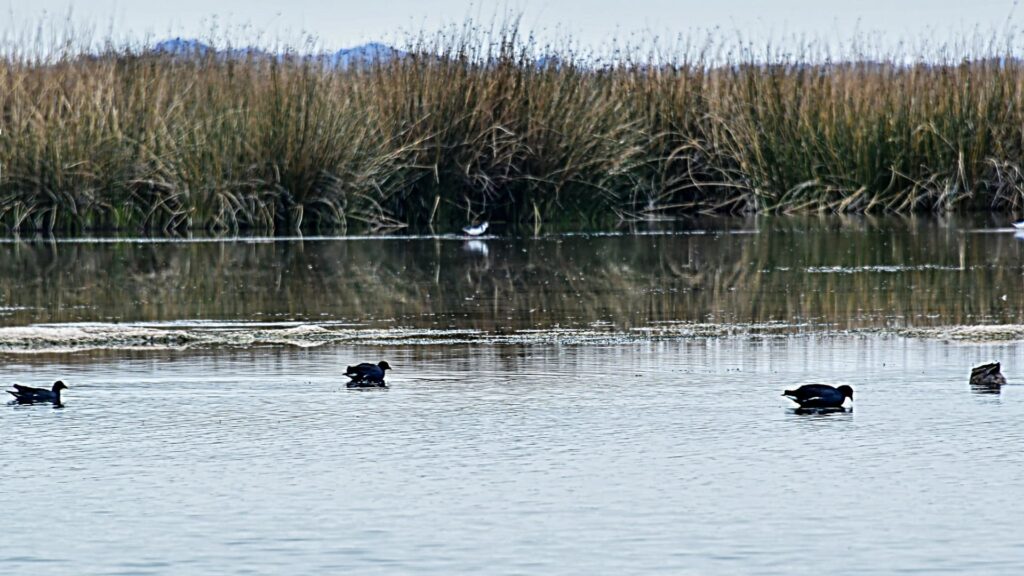Millions of years ago, during the Quaternary Period, the tectonic depression was formed by the subsidence of strata, covering themselves with the melting of glaciers and precipitation, thus creating Lake Titicaca. Initially, its level was 60 to 100 meters higher than it is today.
The lake is situated in a semi-endorheic basin of 58,500 km2, occupying itself 8,500 km2 at an average altitude of 3,810 meters above sea level. About 2% of its water flow is lost to surface runoff through the Desaguadero River, near the southern end of the lake.
With a length of 179 km, an average width of 50 km and a perimeter of 915 km, Lake Titicaca is located between 15°13′ and 16°35′ south latitude and between 68°33′ and 70°02′ west longitude. Its total water volume is 900 km3 and its maximum depth reaches 284 meters.
The lake is divided into two parts, the major lake or Chucuito, and the minor lake or Huiñaymarca, connected by the Strait of Tiquina, 800 meters wide and 21 meters deep.
Lake Titicaca is located in southern Peru at no less than 3,812 meters above sea level, this lake is the highest in the world on which you can navigate. With its spectacular landscapes and admirable biodiversity, Titicaca has become a unique destination that attracts travelers from all over and nature lovers alike.

Unique Features of Titicaca
On the one hand, this wonderful natural lake presents unique and challenging conditions for the life of its aquatic species. Its waters are very cold, have high levels of salinity and a significant concentration of oxygen, factors that directly impact the survival and reproduction capacity of the fish that inhabit it. It’s a really opposite and extreme environment for the development of underwater life.
Three genera of native fish that inhabit Lake Titicaca
Due to the harsh environmental conditions of Lake Titicaca, only a small number of species have managed to adapt to tolerate this extreme environment. That is why the lake is home to only three genera of native fish: Orestias, Astroblepus and Trichomycterus. Each of these genera has developed special adaptations that allow them to survive in the particular conditions prevailing in Lake Titicaca.
Orestias
These species have managed to adapt without difficulty to the conditions prevailing in Lake Titicaca, such as the high altitude above sea level and low temperatures. They are usually found in the shallow water areas of the lake, where they can feed on small invertebrates and algae that grow in those shallow areas.

Astroblepus
Astroblepus fish, also known as «stone catfish», are native to the Andean region. They have a unique appearance; their bodies are flattened and their heads are broad. They usually live in cold, crystal-clear waters, some of their species are found in the deepest areas of Lake Titicaca. These fish have successfully adapted to the variable environmental conditions present in their environment.

Trichomycterus
These fish are also known as «hair catfish» because their structure is similar to the hairs that cover their body. These fish are very abundant and common in Lake Titicaca, but it is possible to count in different types of waters, from fast and turbulent waters to in the calmest and calmest waters, they feed on different species such as: insects, small crustaceans and other organisms that inhabit the interior where they live.

In addition to its extraordinary fish richness, the wonderful Lake Titicaca is home to several species of birds that are unique in the world. These include the keñola grebe, the aquatic choka, the tikicho, the colorful parihuanas or flamingos, as well as various species of wild ducks.
Titicaca’s biodiversity makes it an increasingly popular tourist destination. However, as the flow of visitors grows, it is critical to take steps to respect and preserve the fragile local flora and fauna. Supporting ancestral indigenous communities and minimizing environmental impact are key steps to ensure that generations to come can continue to enjoy the magical beauty of this stunning Andean Lake.

Conclusion
In conclusion, Lake Titicaca is much more than just a body of water. It is an absolutely unique ecosystem that is home to both cultural and biological diversity. Exploring this navigable lake located at the highest altitude in the world, we immerse ourselves not only in its crystal clear waters, but in a comprehensive experience that combines history, culture and nature in all its splendor in an unparalleled way. Titicaca is just one example of the many destinations that Peru offers to travelers, true sanctuaries of incomparable natural biodiversity. So don’t hesitate and plan your next trip with Laumika Travel Peru, to discover these natural and historical treasures of this magical country.